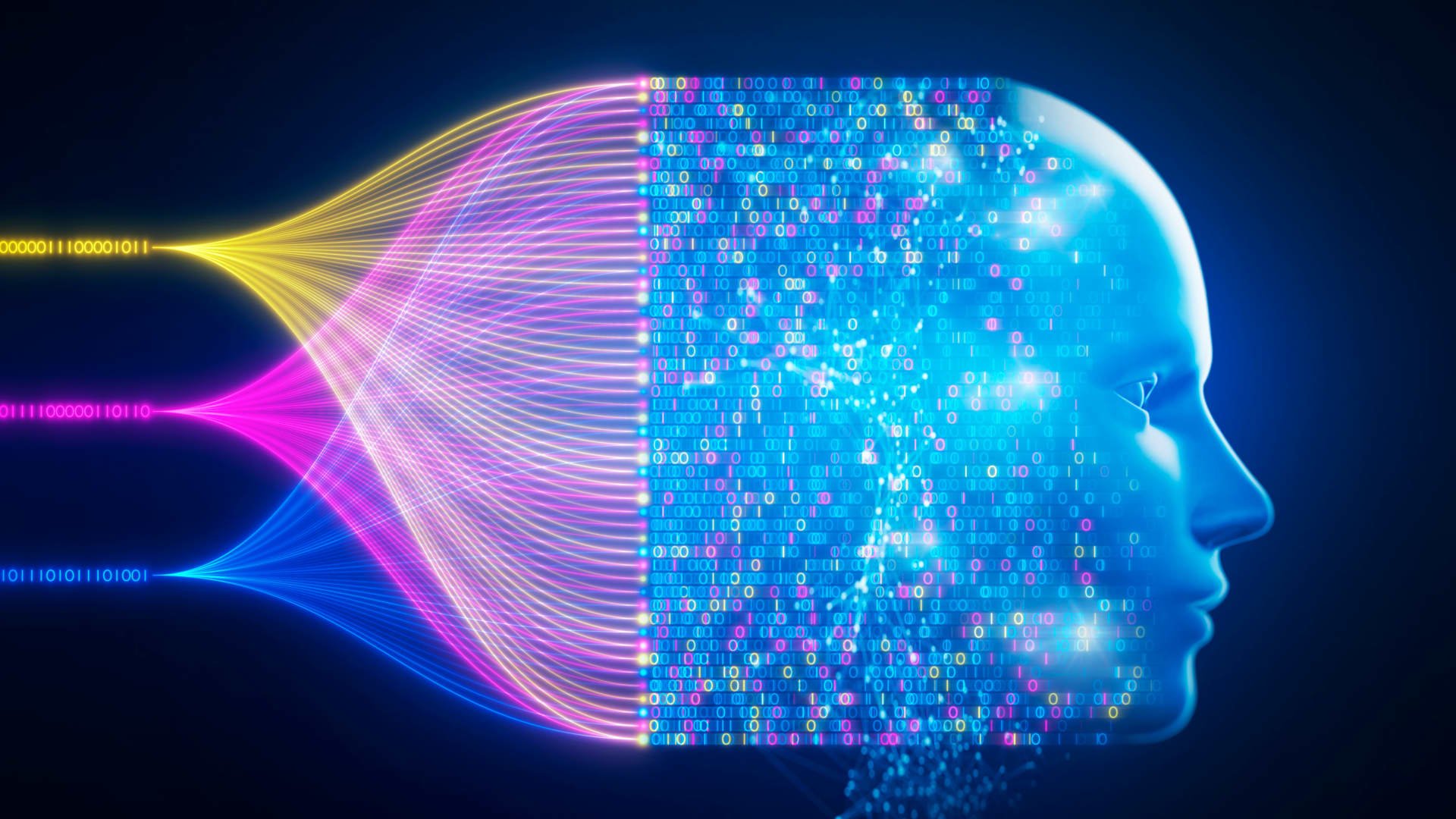AI undress technology has taken the world by storm, igniting fierce debates about ethics, privacy, and the future of digital manipulation. Imagine a world where a single click can digitally remove clothing from someone's photo without their consent. Sounds like something out of a sci-fi movie, right? But here's the twist—it's real, and it's raising serious questions about how far technology should go in altering reality. In this article, we’ll dive deep into the world of AI undress, exploring its mechanics, controversies, and the implications for society.
Now, before you jump to conclusions, let's clarify one thing: AI undress isn't just about creating scandalous content. This technology, powered by advanced algorithms, is part of a broader field of AI-driven image editing. However, its potential misuse has sparked global outrage, leading to discussions about consent, privacy, and the ethical boundaries of tech innovation. So, buckle up because we're about to explore the fascinating yet unsettling world of AI undress.
As we navigate through this topic, you'll discover the science behind AI undress, the legal and moral dilemmas it presents, and what the future might hold. Whether you're a tech enthusiast, a privacy advocate, or just someone curious about the latest trends in artificial intelligence, this article has something for everyone. So, let's get started and uncover the truth behind AI undress.
What Exactly is AI Undress?
AI undress refers to the use of artificial intelligence algorithms to digitally remove clothing from images or videos. The technology leverages deep learning models, specifically convolutional neural networks (CNNs), to analyze and manipulate visual data. These algorithms are trained on vast datasets of images, enabling them to identify patterns and reconstruct human bodies as if they were unclothed.
At its core, AI undress is an extension of image synthesis and editing technologies. It's the same kind of tech that powers popular apps like FaceApp or Snapchat filters, but with a darker twist. Instead of adding fun effects, AI undress removes layers of reality, raising questions about its intended purpose and potential misuse. While some argue that it could have legitimate applications in fields like fashion design or medical imaging, the majority of attention has focused on its controversial uses.
How Does AI Undress Work?
Let's break down the technical side of AI undress. The process typically involves several key steps:
- Exploring Marisol Yotta Social Media Success Influence
- Unveiling The Story Of Andrew Seow From Tv Star To Philanthropist
- Data Collection: AI models require large datasets of images to learn how different types of clothing interact with the human body. These datasets often include a mix of clothed and unclothed images, which raises ethical concerns about consent.
- Training the Model: Once the data is collected, developers train the AI using supervised learning techniques. The model learns to recognize clothing patterns and predict what lies beneath.
- Image Reconstruction: After training, the AI can take a new image as input and generate an output where clothing is digitally removed. This is achieved by synthesizing realistic textures and shapes based on learned patterns.
- Post-Processing: The final step involves refining the output to ensure it looks natural and convincing. This might involve smoothing edges, adjusting lighting, or enhancing details.
While the technology is impressive from a technical standpoint, its ethical implications cannot be ignored. We'll dive deeper into those later, but for now, let's explore the history of AI undress and how it evolved into the phenomenon it is today.
The Evolution of AI Undress
The concept of AI undress isn't entirely new. It builds upon decades of research in computer vision and image processing. Back in the early 2000s, researchers began experimenting with algorithms that could detect and classify objects in images. Fast forward to the 2010s, and advancements in deep learning made it possible to create more sophisticated models capable of generating realistic synthetic images.
One of the earliest examples of AI undress technology emerged in 2017 with the release of a controversial app called "DeepNude." Developed by an anonymous programmer, the app allowed users to upload photos of women and generate versions where their clothing had been digitally removed. The app quickly gained notoriety, prompting widespread criticism and eventual removal from app stores.
Despite its short-lived existence, DeepNude set the stage for future developments in AI undress. Today, similar tools are available online, often shared on forums and dark web marketplaces. While these tools are technically more advanced, they continue to raise the same ethical and legal questions that plagued their predecessors.
Who’s Behind the Development of AI Undress?
AI undress technology is primarily developed by independent researchers and hobbyists, rather than large tech companies. This decentralized approach makes it difficult to regulate and control. Some developers create these tools out of curiosity, while others see them as a way to push the boundaries of AI research.
However, there are also concerns about malicious actors exploiting this technology for nefarious purposes. Cybercriminals, trolls, and online harassers have been known to use AI undress to create non-consensual intimate images, often referred to as "deepfakes." This has led to increased scrutiny from lawmakers and advocacy groups, who are calling for stricter regulations to prevent abuse.
Legal and Ethical Concerns Surrounding AI Undress
AI undress technology sits at the intersection of innovation and controversy. On one hand, it represents a remarkable achievement in AI research. On the other hand, it poses significant risks to individual privacy and consent. Let's examine some of the key legal and ethical concerns associated with AI undress:
- Privacy Violations: AI undress undermines the basic right to privacy by allowing individuals to create and share intimate images without consent. This can lead to emotional distress, reputational damage, and even financial losses for victims.
- Consent Issues: One of the biggest criticisms of AI undress is the lack of consent involved. People whose images are used in training datasets or as inputs for the technology may not be aware of or approve of its use.
- Misuse and Abuse: The potential for misuse is immense. AI undress can be weaponized to spread misinformation, blackmail individuals, or perpetuate gender-based violence.
- Legal Implications: Laws regarding AI undress vary by country, but many jurisdictions have begun cracking down on its use. For example, several states in the U.S. have passed legislation criminalizing the creation and distribution of non-consensual intimate images.
While these concerns are valid, they also highlight the need for a balanced approach. Rather than banning AI undress outright, some experts argue for creating frameworks that promote responsible usage while protecting vulnerable populations.
What Are the Current Laws on AI Undress?
As of 2023, there is no universal law governing AI undress technology. However, various countries and regions have implemented measures to address its misuse. For instance:
- United States: Several states, including California and Texas, have enacted laws prohibiting the creation and distribution of non-consensual intimate images. These laws often carry hefty fines and imprisonment for offenders.
- European Union: The EU's General Data Protection Regulation (GDPR) provides protections against unauthorized processing of personal data, which could apply to AI undress in certain cases.
- Australia: Australian law criminalizes the distribution of intimate images without consent, with penalties including imprisonment for up to two years.
Despite these efforts, enforcement remains a challenge. The decentralized nature of AI undress tools and the anonymity of the internet make it difficult to track and prosecute offenders. As a result, many victims are left without recourse, underscoring the need for more effective legal frameworks.
Who Can Be Affected by AI Undress?
AI undress technology has the potential to impact anyone whose image is captured and shared online. However, certain groups are more vulnerable than others:
- Women and Girls: Women are disproportionately affected by AI undress, with many falling victim to revenge porn and other forms of online harassment.
- Celebrities and Public Figures: High-profile individuals are often targeted by trolls and hackers seeking to exploit their fame for clicks and attention.
- Children and Adolescents: Young people, especially those active on social media, are at risk of becoming victims of AI undress due to the prevalence of self-taken photos and selfies.
These vulnerabilities highlight the importance of education and awareness. By understanding the risks associated with AI undress, individuals can take steps to protect themselves and their loved ones from potential harm.
How Can You Protect Yourself from AI Undress?
While complete protection from AI undress may be impossible, there are steps you can take to minimize your risk:
- Be Cautious with Photo Sharing: Think twice before posting photos online, especially those that reveal identifying details or intimate settings.
- Use Strong Privacy Settings: Adjust your social media privacy settings to limit who can view and download your photos.
- Report Suspicious Activity: If you encounter non-consensual intimate images online, report them to the platform and law enforcement immediately.
- Stay Informed: Keep up with the latest developments in AI undress and related technologies to stay ahead of potential threats.
By taking these precautions, you can reduce your exposure to AI undress and help create a safer online environment for everyone.
The Future of AI Undress
Looking ahead, the future of AI undress remains uncertain. On one hand, advancements in AI technology will likely make it easier and faster to generate realistic synthetic images. On the other hand, increased awareness and regulation may lead to stricter controls on its use.
Some experts predict that AI undress could eventually become obsolete as new technologies emerge to counteract its effects. For example, researchers are already working on tools that can detect and neutralize deepfakes, potentially rendering AI undress ineffective. However, this arms race between creators and defenders of synthetic media is likely to continue for years to come.
What Can We Do to Shape the Future of AI Undress?
As society grapples with the challenges posed by AI undress, there are several actions we can take to shape its future:
- Advocate for Stronger Regulations: Support policies and laws that protect individual privacy and prevent misuse of AI undress technology.
- Promote Ethical AI Development: Encourage researchers and developers to prioritize ethical considerations in their work, ensuring that AI is used for good rather than harm.
- Education and Awareness: Educate the public about the risks and implications of AI undress, empowering individuals to make informed decisions about their online presence.
By working together, we can ensure that AI undress technology is used responsibly and ethically, minimizing its potential for harm.
Conclusion
In conclusion, AI undress is a complex and controversial technology that raises important questions about ethics, privacy, and the future of digital manipulation. While it represents a remarkable achievement in AI research, its potential misuse poses significant risks to society. By understanding the science behind AI undress, recognizing its legal and ethical implications, and taking steps to protect ourselves, we can navigate this challenging landscape more effectively.
So, what’s next? We encourage you to share your thoughts and experiences in the comments below. Have you encountered AI undress technology? How do you feel about its use and regulation? Let’s continue the conversation and work towards a safer, more ethical digital future. And don’t forget to check out our other articles for more insights into the world of AI and beyond!
- Freddie Jacksons Wife Unveiling His Secret Love Story Family Life
- Marie Temara Biography Rise To Fame Social Media Impact


